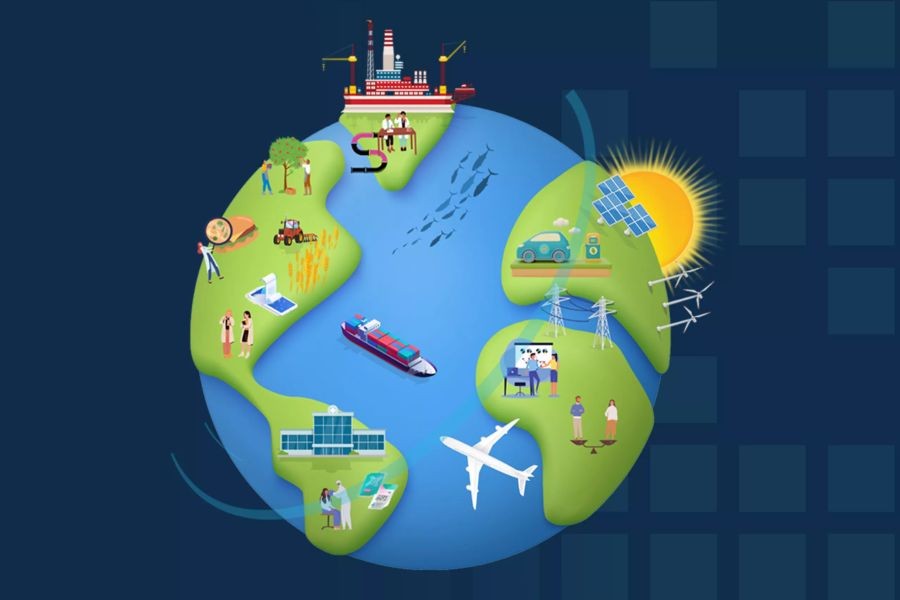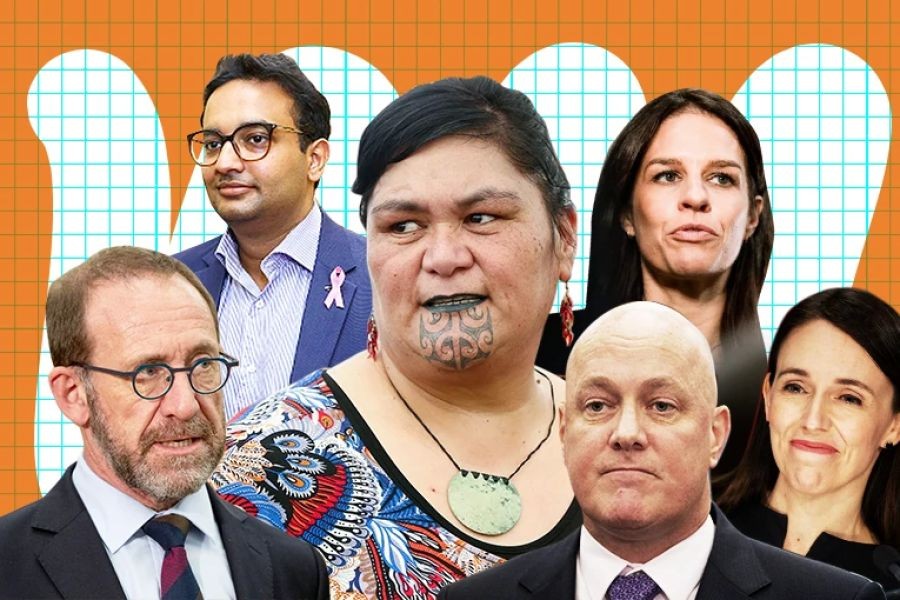In the realm of adventure parks, a place where thrill-seekers come to experience adrenaline-pumping activities, the importance of safety cannot be overstated. In Australia, these parks are not only popular tourist destinations but also significant contributors to the local economy. However, the inherent risks associated with adventure activities often raise questions about liability and safety regulations. How do adventure parks in Australia navigate these challenges to avoid liability for accidents? Let's delve into the legal frameworks, real-world examples, and industry insights that shape this dynamic sector.
Understanding the Legal Landscape
The legal framework governing adventure parks in Australia is robust, emphasizing consumer safety and operator responsibility. The Australian Competition and Consumer Commission (ACCC) plays a pivotal role in enforcing compliance with safety standards. According to the ACCC, businesses must ensure that their goods and services are safe and meet consumer guarantees. For adventure parks, this means adhering to stringent safety protocols and maintaining a high level of operational oversight.
Key Legislation and Standards
- Work Health and Safety Act 2011 (WHS Act): This act mandates that businesses provide a safe working environment. For adventure parks, this involves regular equipment inspections and risk assessments.
- Australian Consumer Law (ACL): Under the ACL, adventure parks must ensure that their services are fit for purpose and comply with safety regulations.
- Industry Codes of Practice: These codes provide guidelines for managing safety risks specific to adventure activities.
Strategies for Liability Avoidance
Adventure parks employ various strategies to mitigate liability risks. These strategies not only protect the business but also enhance the safety and experience of visitors.
Comprehensive Risk Management
Effective risk management is crucial. Adventure parks conduct regular safety audits and implement risk management plans tailored to their specific activities. This includes identifying potential hazards, assessing the likelihood and impact of these hazards, and implementing control measures. Such proactive measures are aligned with the best practices outlined by the Safe Work Australia.
Insurance and Waivers
Insurance is a critical component of liability management. Parks typically carry comprehensive liability insurance to cover potential claims. Additionally, visitors are often required to sign waivers acknowledging the risks involved. While waivers do not absolve the park from all responsibility, they can provide some legal protection by demonstrating that guests were informed of potential risks.
Case Study: Adventure World, Perth
Adventure World in Perth offers an insightful case study in effective liability management. Facing the challenge of maintaining safety in high-adrenaline environments, they implemented a multi-faceted safety strategy.
Problem: Adventure World needed to ensure visitor safety while managing diverse attractions, from roller coasters to water rides.
Action: The park introduced comprehensive staff training programs, regular equipment maintenance schedules, and a robust incident reporting system. They also collaborated with international safety experts to benchmark their safety standards against global best practices.
Result: These initiatives led to a significant reduction in accidents, with reported incidents decreasing by 30% over two years. Customer satisfaction scores also improved, highlighting the positive impact of their safety-first approach.
Takeaway: Adventure World's success underscores the importance of continuous improvement and adaptation of safety protocols to align with industry advancements and regulatory changes.
Myths and Misconceptions
Myth vs. Reality
- Myth: Signing a waiver absolves parks of all liability. Reality: While waivers are important, they do not protect against negligence or breaches of safety regulations.
- Myth: Adventure parks are inherently dangerous. Reality: With stringent safety protocols and regular audits, many parks maintain exemplary safety records.
- Myth: Insurance is a catch-all solution for liability. Reality: Insurance is crucial, but parks must also demonstrate diligence in safety practices to mitigate risks effectively.
Future Trends and Predictions
As the adventure park industry evolves, several trends are shaping its future in Australia:
- Technological Integration: Parks are increasingly using technology for safety management, including AI-driven monitoring systems and real-time data analytics to predict and prevent accidents.
- Regulatory Enhancements: The ACCC and other regulatory bodies are expected to introduce more stringent safety standards, emphasizing proactive risk management.
- Sustainability Focus: Parks are exploring sustainable practices to reduce environmental impact, aligning with Australia's broader sustainability goals.
According to CSIRO, by 2030, 50% of Australia's energy will be renewable, influencing how adventure parks design and operate their facilities.
Conclusion
Adventure parks in Australia navigate a complex landscape of safety and liability through diligent adherence to legal frameworks, robust risk management strategies, and continuous improvement. As the industry progresses, embracing technology and sustainability will be key to future success. Adventure parks not only provide thrilling experiences but also contribute significantly to Australia's economy and tourism sector.
In this dynamic and challenging environment, staying informed and compliant is essential. As the industry evolves, so too must the strategies for managing liability and enhancing visitor safety.
Related Search Queries
- Adventure park safety regulations in Australia
- How to manage liability in adventure parks
- Adventure park risk management strategies
- Legal requirements for adventure parks in Australia
- Trends in the adventure park industry
People Also Ask
- How do adventure parks ensure safety? Adventure parks implement rigorous safety protocols, regular equipment inspections, and staff training to ensure visitor safety.
- What are the legal requirements for adventure parks in Australia? Adventure parks must comply with the WHS Act and ACL, which mandate safety standards and consumer guarantees.
- How does technology improve safety in adventure parks? Technology aids in real-time monitoring and predictive analytics, enhancing safety by identifying and mitigating potential risks.

































CorinePorr
5 days ago